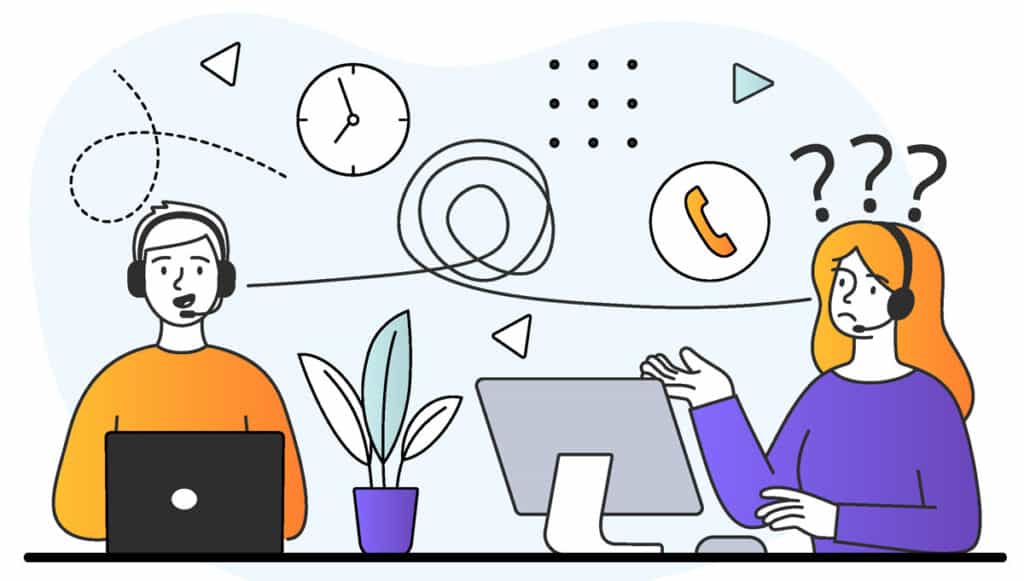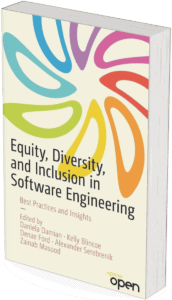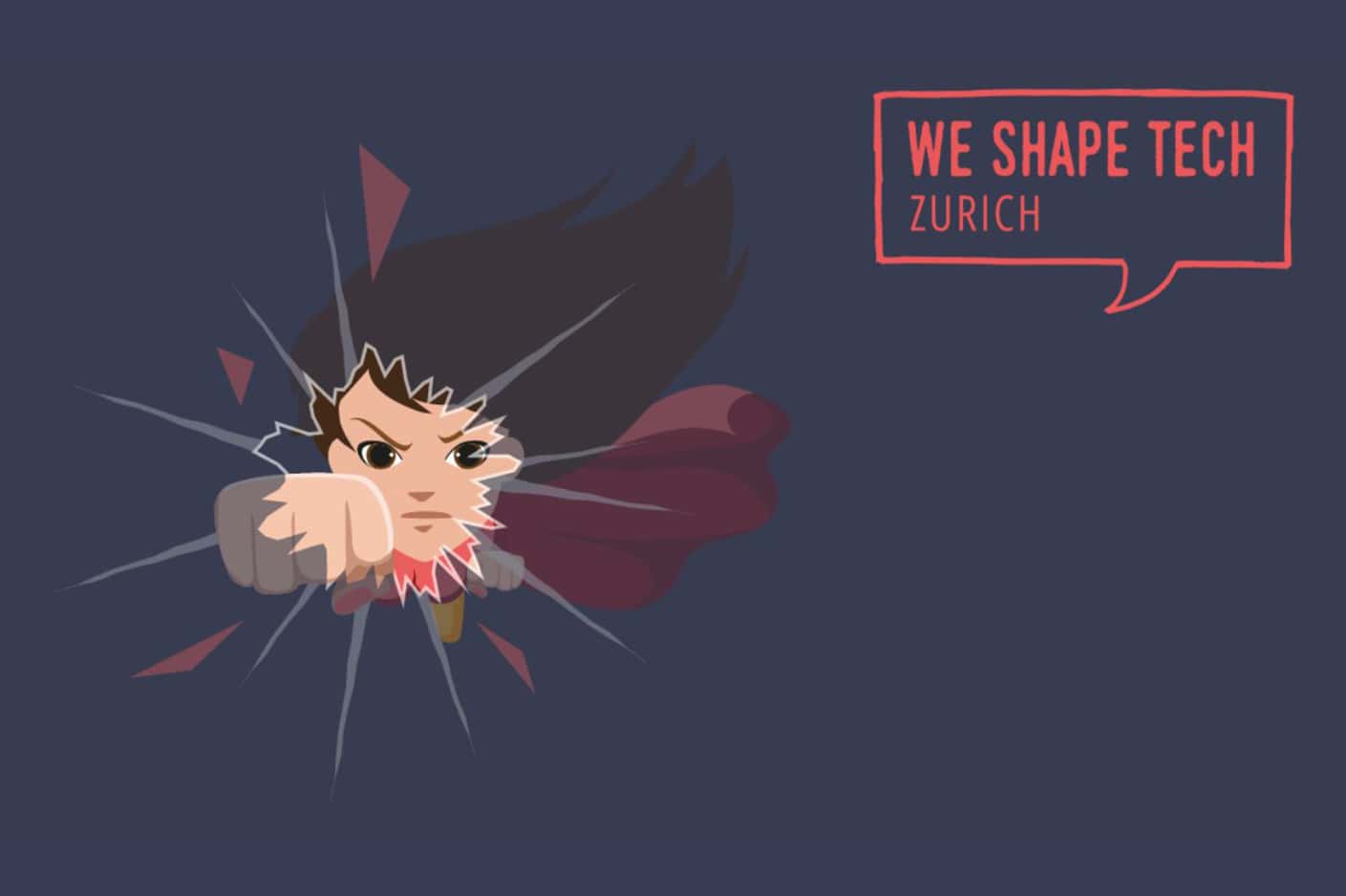ChatGPT added some invaluable tips for this blog post.
In an increasingly interconnected and diverse world, the importance of fostering an inclusive environment cannot be overstated. Organizations across the globe are recognizing the immense value that diversity brings to the table – the diverse perspectives, experiences, and ideas that enrich decision-making, innovation, and overall performance. However, while diversity and inclusion have become key priorities for many, one significant obstacle stands in the way: communication barriers.
Read on or jump directly to the part that is of most interest to you:
How Communication Challenges Hinders D&I
Communication Challenges in the Workplace
Tips for Organizations
Tips for Employees
How Communication Challenges Hinder Diversity and Inclusion
Communication is the lifeblood of any organization, serving as the conduit for exchanging ideas, collaborating, and building relationships. Yet, when individuals from diverse backgrounds encounter communication challenges, the fabric of inclusivity begins to fray. These barriers can arise due to differences in language, cultural norms, regional dialects, and even non-verbal cues, hindering effective communication and impeding the progress of diversity and inclusion initiatives.
When communication barriers persist, the consequences reverberate throughout the organization. They not only create misunderstandings and misinterpretations but also contribute to a sense of exclusion and isolation among individuals who are already underrepresented. In an era where organizations are striving to attract and retain diverse talent, these barriers act as invisible walls, limiting the ability to fully tap into the potential of their workforce.
Moreover, communication barriers extend beyond individual interactions and affect organizational dynamics as a whole. When teams struggle to communicate effectively, it hampers collaboration and stifles innovation. Different perspectives and ideas may remain unheard or overlooked, limiting the organization’s ability to adapt to evolving challenges and seize new opportunities. Ultimately, communication barriers erode the very essence of diversity and inclusion, impeding progress and hindering the achievement of organizational goals.
Addressing communication barriers requires a multifaceted approach that goes beyond simply acknowledging their existence. Organizations must invest in strategies and initiatives that foster inclusive communication practices, such as language training programs, cross-cultural awareness workshops, and the promotion of active listening and empathy. By proactively dismantling these barriers, organizations can create an environment where diverse voices are heard, understood, and valued.
In this article, we will explore the various ways in which communication barriers pose challenges to diversity and inclusion efforts and we will highlight practical steps that organizations can take to overcome these obstacles, fostering a culture of inclusive communication that empowers individuals to bring their best selves to the workplace. By recognizing the significance of communication barriers and actively working to dismantle them, organizations can forge a path towards greater inclusivity, harnessing the collective power of diverse voices and perspectives to drive success in an ever-evolving global landscape.

Communication Challenges in the Workplace
It is crucial to recognize the significant impact that communication barriers can have on diversity and inclusion in the workplace. Effective communication means diverse voices are heard, respected, and valued. Let’s look into the various communication challenges that can arise in the workplace and understand these invisible barriers.
Language Barriers
In a diverse workforce, there are unavoidably different linguistic backgrounds, leading to difficulties in understanding and conveying messages accurately. Language barriers can create confusion, misinterpretations, and limit effective collaboration among team members. Examples of language barriers include:
- Language Proficiency: Individuals who are not fluent in the primary language used in the workplace may struggle to express themselves clearly or understand complex information.
- Vocabulary and Jargon: Limited knowledge of industry-specific vocabulary or jargon. This can lead to misunderstandings, misinterpretations, and challenges in conveying precise meanings. Company-own abbreviations can cause misunderstandings or the feeling of being left out.
- Idiomatic Expressions: Idiomatic expressions, colloquialisms, and slang can pose challenges for individuals who are not familiar with the cultural context or native language. The literal interpretation of idioms may lead to confusion.
- Translation and Interpretation: In multilingual workplaces, the need for translation and interpretation services becomes crucial as misinterpretations can occur if the translation is not accurate or fails to capture the intended meaning.
- Speed and Pace: Differences in the speed and pace of speech can create difficulties in understanding and processing information. Fast-paced talking or speakers with strong accents may lead to missed details or incomplete comprehension.
- Written Communication: Poorly written emails, documents, or reports due to language limitations can lead to ambiguity, unclear instructions, and errors in understanding. Furthermore, the intended tone is more easily missed or misunderstood in written communication.
Cultural Differences
Cultural norms, values, and communication styles vary across different cultures. These differences can manifest as varying levels of directness, use of non-verbal cues, and differing perceptions of hierarchy and authority. Failing to navigate and understand these cultural nuances can lead to misunderstandings.
- Direct vs. Indirect Communication: In some cultures, communication tends to be direct and explicit, while in others, it is more indirect and relies on implicit cues.
- Hierarchy and Authority: In hierarchical cultures, team members may be hesitant to voice their opinions or challenge superiors openly.
- Personal Space and Physical Contact: Cultural differences in personal space preferences and physical contact can influence workplace interactions. What may be considered acceptable in one culture, such as handshakes or hugs, may be deemed inappropriate or uncomfortable in another culture and can lead to discomfort among team members.
- Time Perception: Varying perspectives on punctuality and the importance of time can lead to unnecessary frustrations. In some cultures, being a few minutes late may be considered acceptable, while in others, strict adherence to schedules is highly valued.
- Conflict Resolution Styles: Cultures may have diverse approaches to conflict resolution, like prioritizing direct confrontation and addressing issues head-on, vs. emphasizing harmony and avoiding direct conflict.
- Decision-Making Processes: Ranging from consensus-based to hierarchical, the cultural differences in decision-making processes or the level of input expected from team members can pose different challenges.
Regional Dialects
Even within the same language, regional dialects and accents can pose challenges. Differences in pronunciation, vocabulary, and idiomatic expressions can create barriers to effective communication, causing misunderstandings and hindering the free flow of ideas.
Technological Barriers
In today’s digital age, technological tools and platforms play a vital role in communication. However, not everyone may have equal access to or familiarity with these tools. Technological barriers, such as limited digital literacy or inadequate infrastructure, can create disparities and hinder effective communication, particularly in remote or globally distributed teams.
Implicit Bias and Stereotyping
Unconscious biases and stereotypes can impact communication, leading to discriminatory practices and exclusionary behaviors. Individuals may face challenges being heard or respected due to preconceived notions based on their gender, race, ethnicity, or other factors. These biases perpetuate inequalities in the workplace.
Lack of Awareness and Sensitivity
Insufficient awareness and sensitivity to diversity-related issues like lack of understanding about different cultural practices, religious beliefs, or experiences of marginalized groups can result in unintentional microaggressions and exclusionary language, making individuals feel unheard or undervalued.
Non-Verbal Communication Differences
Non-verbal cues, such as body language, facial expressions, and gestures, play a crucial role in communication. However, these cues can be interpreted differently across cultures, leading to misunderstandings or miscommunications.

Solving Communication Challenges in the Workplace
Addressing communication challenges is vital for promoting diversity and inclusion in the workplace. But how do you mitigate them? Once again, it takes two to tango, which is why we have prepared some tips for organizations and for employees to mitigate these challenges.
Tips for Organizations
Reduce Language Barriers
- Use clear and simple language in written communication, avoiding complex jargon or technical terms.
- Provide language training programs or language resources to enhance language proficiency among employees.
- Do practice transcreation instead of translation or at least offer translation and interpretation services, especially in multilingual environments, to ensure accurate understanding.
Transcreation means the text is not just translated but rather re-written according to a native speaker’s use, i.e. the meaning is the same, but the way it is said is different so it is according to the way a native speaker would put it. Example:
German Saying: “Lügen haben kurze Beine.”
Translation: “Lies have short legs.”
Transcreation: “The truth will out.”
Raise Cultural Awareness and Sensitivity
- Conduct cross-cultural awareness workshops to enhance employees’ understanding of different cultural practices, values, and communication styles. Even an e-learning session will help.
- Make open dialogue and discussions on cultural differences part of your organization’s culture.
- Promote empathy and active listening skills, encouraging individuals to understand and respect diverse perspectives and communication styles.
- Establish guidelines for inclusive communication that consider and respect cultural differences.
Technology and Digital Accessibility
- Provide necessary technological infrastructure and resources to ensure equal access to communication tools for all employees.
- Offer training programs to enhance digital literacy skills, ensuring that employees are proficient in using the communication platforms and tools effectively.
- Accommodate employees who may have limited access to technology or internet connectivity by exploring alternative communication methods or providing necessary resources.
Implicit Bias and Stereotyping
- Foster a culture of respect and inclusivity where diverse perspectives are actively sought and valued. This needs to happen from the top!
- Encourage self-reflection and awareness among employees to identify and challenge their own biases.
Promote Inclusive Decision-Making and Conflict Resolution
- Foster a participatory decision-making culture that encourages diverse perspectives and contributions.
- Provide conflict resolution trainings.
- Establish clear communication channels for conflict resolution, ensuring that conflicts are addressed promptly, respectfully, and in a manner that considers cultural differences.
Non-Verbal Communication Differences
- Educate employees about non-verbal cues and gestures that may vary across cultures, helping them understand and interpret these cues accurately.
- Encourage individuals to express their preferences regarding personal space and physical contact, ensuring comfort and respect among team members.
- Emphasize the importance of observing and adapting to non-verbal communication cues to foster effective cross-cultural understanding.
Tips for Employees
Reduce Language Barriers
- Use clear and simple language in written communication, avoiding complex jargon or technical terms.
- Provide a list of abbreviations for your team/area so that everyone has the same understanding and new colleagues have a chance of being part of the discussion.
- Actively seek to understand different cultures, communication styles, and perspectives. Educate yourself about the cultural backgrounds and practices of your colleagues.
- Engage in active listening by focusing on understanding the message. Show genuine interest, ask clarifying questions, and paraphrase to ensure accurate comprehension.
- Provide constructive feedback to your colleagues if you notice any miscommunications or cultural misunderstandings
Raise Cultural Awareness and Sensitivity
- Take the initiative to learn about different cultures, traditions, and customs.
- Approach cultural differences with an open mind and a genuine curiosity to learn.
- Avoid making assumptions or stereotypes about individuals based on their cultural backgrounds. Instead, ask questions respectfully and engage in conversations to understand their perspectives and experiences.
- Practice Empathy and Respect by putting yourself in their shoes.
- Be mindful of potential cultural differences in communication styles, decision-making processes, and personal values.
- Show respect for diverse viewpoints and avoid dismissing or invalidating them. Remember to recognize the value that each individual brings to the team.
- Be mindful of non-verbal cues, such as gestures, body language, and eye contact, which can vary across cultures and adapt accordingly. Avoid imposing your own cultural norms on others.
- Engage in cross-cultural collaboration to foster understanding and appreciation for diverse perspectives. Embrace the chance to learn from each other’s experiences and find common ground for effective communication and collaboration.
Technology and Digital Accessibility
- Invest time in improving your digital literacy skills to effectively navigate communication tools and platforms.
- Be flexible in adapting to different communication channels based on the preferences and accessibility needs of your colleagues.
- Be mindful of the accessibility needs of your colleagues, such as individuals with visual or hearing impairments. Use inclusive features provided by communication tools, such as closed captioning in video meetings or screen reader compatibility in written communication.
Implicit Bias and Stereotyping
- Reflect about your own unconscious biases and address them.
- Avoid stereotyping.
- Be respectful and inclusive.
- Pay attention to the language you use and the behaviors you exhibit in the workplace.
Promote Inclusive Decision-Making and Conflict Resolution
- Actively seek out and encourage diverse perspectives when making decisions or addressing conflicts.
- Engage in active listening during discussions and especially during conflicts. Give each person the opportunity to express their thoughts fully and genuinely listen to their viewpoints.
- Show empathy by trying to understand others’ perspectives, even if you disagree.
- Practice patience, respect, and open-mindedness during conflict resolution processes to ensure everyone feels heard and valued.
- Seek common ground among conflicting viewpoints and strive for win-win solutions that integrate different perspectives and maximize collective contributions.
- Emphasize cooperation and compromise to build consensus and promote a sense of ownership and inclusivity among team members.
Non-Verbal Communication Differences
- Observe and adapt to non-verbal communication cues.
- Find the middle ground: Adapt your own non-verbal communication to align with the cultural norms of those you are interacting with, while still remaining authentic and respectful.
- Avoid making assumptions or jumping to conclusions based on non-verbal cues alone. Consider the cultural context and background of your colleagues to better interpret their non-verbal communication. When in doubt, ask clarifying questions to ensure accurate understanding.
- Be mindful of the physical proximity you maintain when interacting with others. Respect the personal boundaries of your colleagues and avoid invading their personal space without permission
Let us create a communication ecosystem that embraces diversity, breaks down communication barriers, and fosters inclusivity. One communication at a time 😉.
Check out the Take Aways from the lunch & learn session Solving Intercultural Diversity Challenges by Sahar Gasgari-Luu from w.sion












